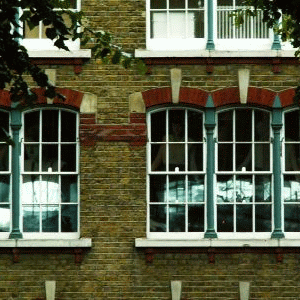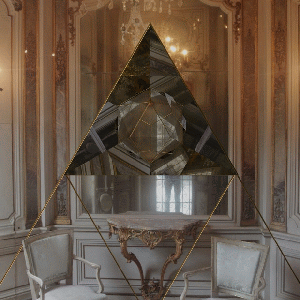Ahistorical Juxtapositions
One precedent for the installation of contemporary art in historic spaces was the practice of arranging ahistorical juxtapositions of contemporary art within the permanent collection of a museum. The shift in museological practice toward revisiting the cabinet of curiosities, reframing artworks and ahistorical juxtapositions began with the institutional critique of the 1960s and 1970s, which drew attention to the politics of collections and museums. Dialogue between medieval objects and contemporary art in the Kolumba Museum in Cologne transform the museum space into a genuine Gesamtkunstwerk. The museum’s annual repositioning of contemporary art with works from different ages demonstrates the “infinite possibilities of aesthetic perception that the same object offers when presented under different circumstances.”1 Another example of the recent approach to ahistorical juxtaposition is in the Museum of Old and New Art in Hobart, Tasmania. The staging of juxtapositions of older objects with contemporary art at MONA is influenced by recent developments in the critique of a museum’s historicist assumptions and institutional authority.

Alison Marchant
Trace
Neckinger Mill
London, 2005
,_Palace_of_Versailles,_Versailles,_France,_2010.gif)
Takashi Murakami
Flower Matango (d)
Palace of Versailles
Versailles, 2010

Brookhart Jonquil
Invisible Sun
Vizcaya Museum and Gardens
Miami, 2016
Some of the precursors for recent ahistorical methods of display include Harald Szeeman’s 1988 exhibition ‘A-Historische Klanken = a-historical soundings’ at the Museum Boymans-van Beuningen in Rotterdam, Rudi Fuch’s documenta 7 in 1982 and the 1984 “Primitivism” exhibition at the New York Museum of Modern Art. In the MOMA exhibition, objects were removed from their original cultural contexts in order to emphasise their formal aspects. Tribal objects were positioned next to canonical European works in a manner that seemed to promote a modernist ideology of universal formal beauty.
The collisions that occur at the intersection between the old and new forge a hybrid space which becomes the focus of the viewer’s visual attention. Meaning is then located in this hybrid space between the two works. While an academic interpretation of the historical site might privilege the retrieval of perceptions held by the original addressees, the intervention of contemporary art in the space disrupts this privileging and forces the interpretation to negotiate the significance of the space for the visitor today. The presence of contemporary art releases the historical site from hermeneutic interpretation and gives it a relevance for today that allows for a matrix of subjective orientations. The site can be read, decoded and analysed in the same way that a text is interpreted and “structured (inter)textually rather than spatially.” 2 Rather than meaning being universal and static, cartographies of inter-subjectivity allow multiple meanings that can be drawn from the art experience. Something like a suspended attention, a prolonged suspension of the moment of reaching conclusions, where interpretation would have time to deploy itself in several dimensions, between the grasped visible and the lived ordeal of a relinquishment. Linguists Gilles Fauconnier and Mark Turner developed a theory called ‘conceptual blending’ to describe the subconscious process of integrating a network of diverse elements and relations into mental space. This theory provides a useful approach to consider the cognitive implications of encountering contemporary art in ritual architecture. According to Fauconnier and Turner, the process of conceptual blending involves the projection of two distinct input spaces and their vital relations into a blended mental space. 3 In the encounter of contemporary art in ritual space, the artwork and the site are two distinct inputs. The first input is the art event and the second input is the ritual-architectural event. The two events share the schematic frame of the exhibition, which connects them and is referred to as a “generic space.” Conceptual blending consists in ‘partially matching the two inputs and projecting selectively from these two input spaces into a fourth mental space, the blended space.’ 4